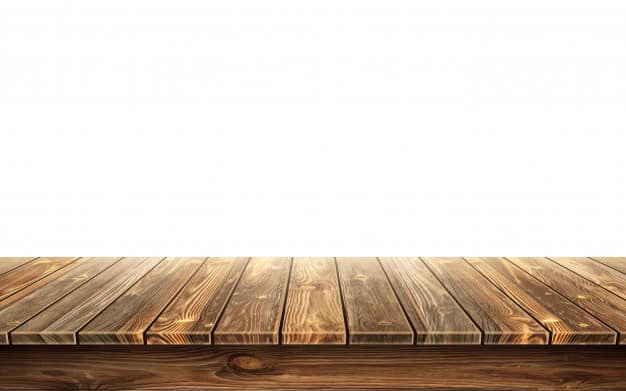Scientists extracted live cells from a zinnia plant and started growing wood-like plant tissue indoors with no soil or sunlight.
Wood is one of the most versatile and useful materials on earth. The trouble, of course, is that our insatiable need for wood is driving deforestation and once a tree is cut another could take decades to grow up in its place.
But what if we could grow wooden products in a lab? Or as Luis Fernando Velásquez-García, a researcher at the Massachusetts Institute of Technology, puts it: “If you want a table, then you should just grow a table.”
The MIT researchers have got the idea of growing wooden objects in the lab from ongoing efforts to grow meat in the laboratory instead of raising animals and butchering them. Although it’s still early days for their project, the scientists have managed to grow structures made of wood-like cells from cells extracted from leaves, they report in a new study.
“I wanted to find a more efficient way to use land and resources so that we could let more arable areas remain wild, or to remain lower production but allow for greater biodiversity,” explains Ashley Beckwith, a PhD student in mechanical engineering at MIT who is a key part of the project.
Beckwith and her colleagues extracted live cells from a zinnia plant and started growing wood-like plant tissue indoors with no soil or sunlight by culturing the cells in a liquid growth medium, which allowed it to metabolize and grow. They then transferred the cells into a gel and fine-tuned them, says Velásquez-García. “Plant cells are similar to stem cells in the sense that they can become anything if they are induced to,” he explains.
In the end, the scientists managed to turn the cells into a wood-like structure with a mix of two hormones called auxin and cytokinin, whose use allowed them to control the cells’ production of the organic polymer lignin, which is responsible for the firmness in wood.
By tweaking the lab-grown wood’s firmness, scientists could soon produce ready-made objects by help of 3D printers. “The idea is not only to tailor the properties of the material, but also to tailor the shape from conception,” says Velásquez-García. One day we could even grow a table in the lab, he believes.
When that happens remains to be seen, however. “The question is whether the technology can scale and be competitive on an economic or lifecycle basis,” says David Stern, a plant biologist at Cornell University who was not involved in the project.
It’s still far cheaper to chop down a tree and make a table out of it than to grow a table fully formed in the lab. “Agriculture uses the sun’s energy through photosynthesis, and — except in irrigated lands — natural rainfall. It does not require buildings, heat, or artificial light,” Stern warns.
However, technological advances and the finetuning of scalability could one day usher in an era of lab-grown wood products, the MIT researchers believe.
This story first appeared on Sustainability Times
South Africa Today
© 2021 Sustainability Times.
This article is licensed under a Creative Commons Attribution-ShareAlike 4.0 SA International License.












